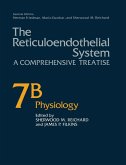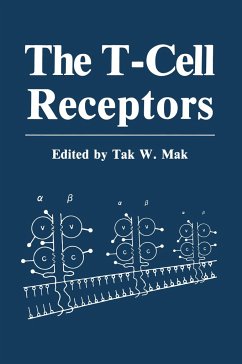The preceding volumes of Cell and Muscle Motility have focused on various aspects of motile systems in both muscle and non muscle cells. These essays have been critical reviews on topics of current interest and, hopefully, have provided a base from which future investigations may develop. During the past decade, however, much attention in the fields of biochemistry and cell biology has focused on motile systems in non muscle cells. Our current under standing of the three-dimensional organization of the cytoplasm involve three major fibrous proteins which are collectively known as the cytoskeletal system. These polymorphic cytoskeletal proteins are microtubules (25-nm diameter), microfilaments (6-nm diameter), and intermediate filaments (lO-nm diame ter). Microtubules consist of tubulin and several well-characterized micro tubule associated proteins (MAPs) including MAP , MAP , tau, and others. l 2 Microfilaments consist of actin and associate with actin-binding proteins in cluding a-actinin, filamin, myosin, tropomyosin, vinculin, and others. Inter mediate filaments (lO-nm filaments) consist of at least five different tissue specific classes, including desmin or skeletin (muscle), prekeratin (epithelial), vimentin (mesenchymal), neurofilament (nerve), and glial acidic fibrillary protein (astrocytes). These major fibrous proteins apparently interact with each other as well as other cytoplasmic components and appear to be inti mately associated with such biological processes as cell shape changes, growth, motility, secretion, cell division, and uptake of materials from the exterior of the cell.








